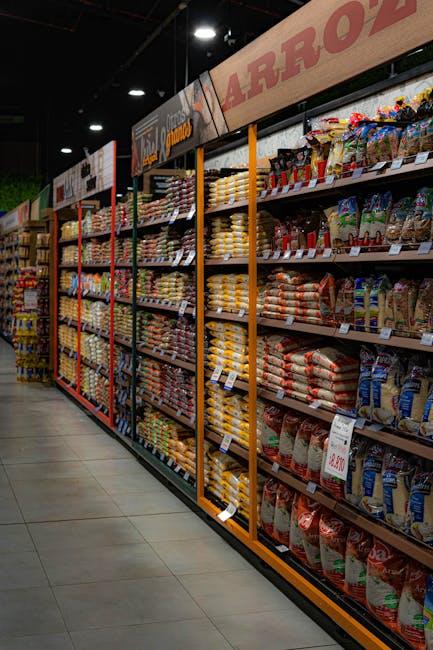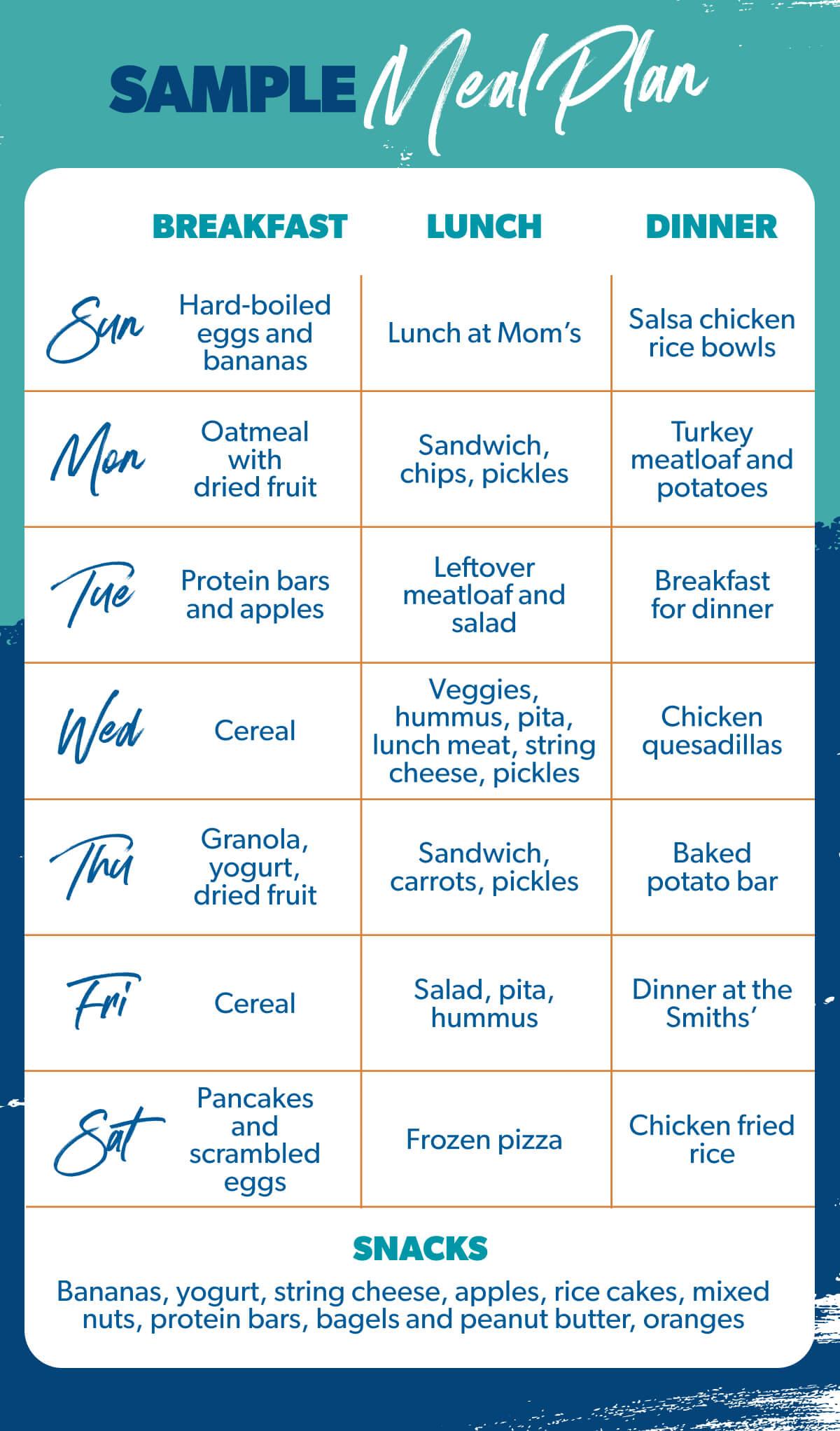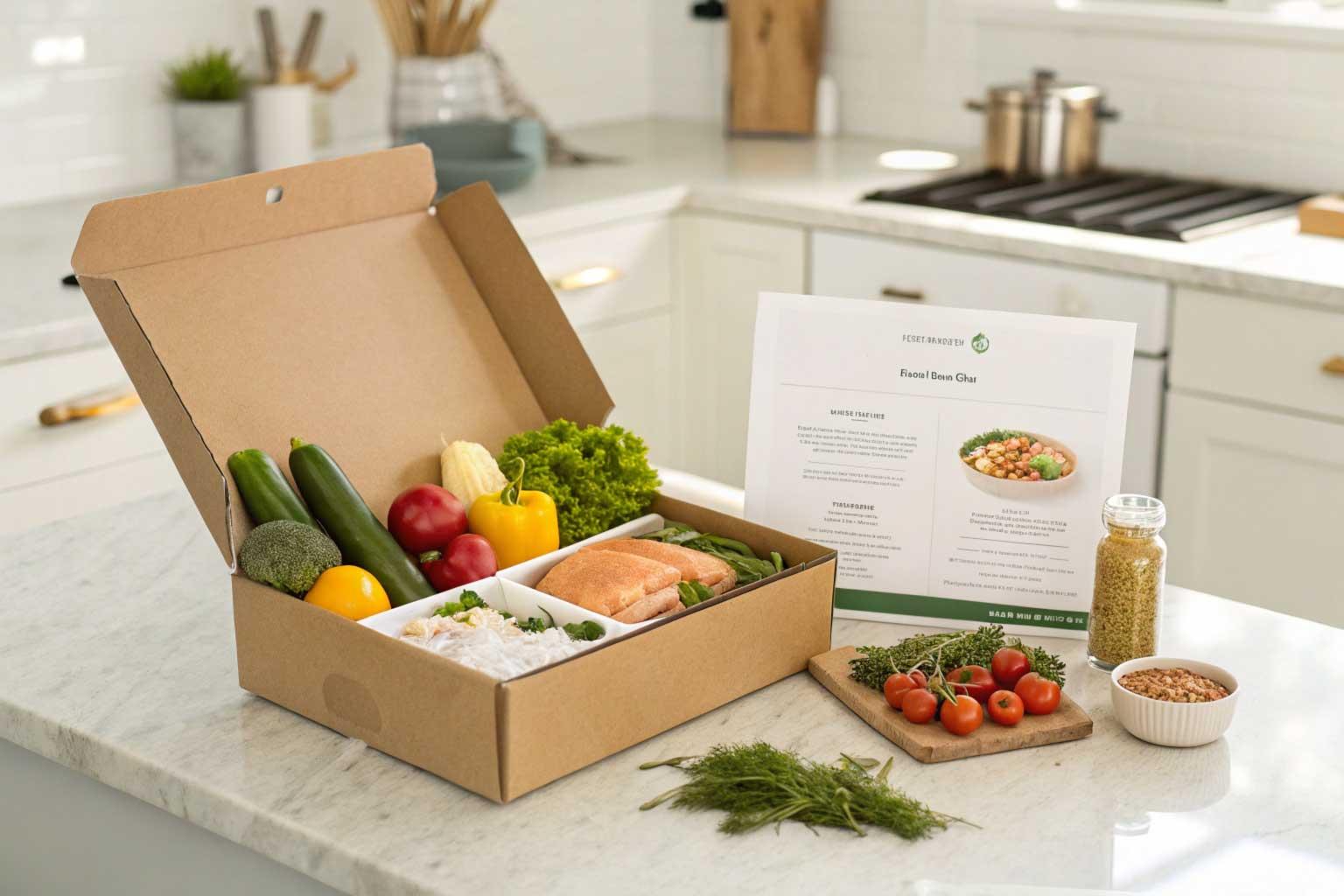In a world where time is a premium commodity and culinary creativity is often sacrificed at the altar of convenience, meal kits have burst onto the food scene like a trendy new restaurant in town. Promising fresh ingredients and easy-to-follow recipes, these subscription services claim to simplify dinner planning while tantalizing our taste buds. But as we cozy up to the meal kit revolution, an important question arises: can you really save money by opting for these pre-portioned packages compared to the traditional grocery shopping experience? In this article, we’ll explore the financial implications, weigh the pros and cons, and help you determine whether your wallet would feel lighter—or heavier—when swapping the grocery aisles for a meal kit delivery. Join us as we dissect the costs, convenience, and culinary value of these competing options, and uncover which route could lead to smarter budgeting in your kitchen.
Evaluating the Cost of Convenience in Meal Kits versus Grocery Shopping
When weighing the options between meal kits and grocery shopping, it’s crucial to dissect the elements of convenience and cost. Meal kits often present a shiny package of pre-portioned ingredients designed to save time and streamline the cooking process. However, this convenience comes at a premium. Consumers may find themselves spending averaging 20-30% more per meal compared to cooking from scratch using ingredients purchased at a grocery store. The allure of having everything pre-measured and planned can mask the reality that many are paying extra for the simplicity of following a recipe without the hassle of shopping.
In contrast, grocery shopping presents an opportunity for savvy consumers to control their budgets more effectively. Not only can shoppers hunt for sales and discounts, but they also have the freedom to buy in bulk and avoid single-use packaging. A basic comparison of costs might reveal:
- Meal Kit Average Cost: $10-12 per serving
- Grocery Store Average Cost: $5-7 per serving
To emphasize the differences in expenses, consider this breakdown in a simple table:
| Cost Breakdown | Meal Kits | Grocery Shopping |
|---|---|---|
| Average Meal Cost | $10-12 | $5-7 |
| Portion Control | Pre-measured | Customizable |
| Time Investment | Minimal | Variable |

Understanding the Hidden Expenses of Meal Prep and Ingredients
When considering the financial implications of meal kits versus traditional grocery shopping, it’s crucial to delve into the hidden expenses that can unexpectedly inflate your budget. While meal kits often appear convenient and straightforward, the allure of simple pricing can mask additional costs. First and foremost, shipping fees can add a noticeable sum to each order, particularly if you prefer deliveries on a weekly basis. Additionally, subscription models might pose a financial commitment that can be challenging to exit once you’ve started. This model can lead to forgotten boxes or meals that go uneaten, ultimately impacting your overall savings.
On the other hand, grocery shopping, while ostensibly cheaper for those who can effectively plan their meals, comes with its own set of hidden costs. For instance, purchasing bulk ingredients that aren’t fully utilized can lead to waste, which diminishes potential savings. Moreover, spontaneous purchases during grocery runs often add up, transforming a budget-friendly trip into an unplanned splurge. To clarify these financial variables, here’s a brief comparison of both methods to spotlight the critical expenses often overlooked:
| Expense Type | Meal Kits | Grocery Shopping |
|---|---|---|
| Shipping Costs | Yes, usually applies | No |
| Subscription Fees | Often required | No |
| Ingredient Waste | Minimal | Possible high |
| Impulse Purchases | No | High risk |

Assessing the Value of Time and Waste Reduction in Meal Planning
Evaluating the efficiency of meal planning against spontaneous grocery shopping reveals significant advantages in both time management and waste reduction. With meal kits, the structured delivery system ensures that you receive only the ingredients needed for your selected recipes, which minimizes excess purchases. When planning meals, consider the following benefits of organized strategies:
- Time Savings: You spend less time navigating supermarket aisles and more time enjoying homemade meals.
- Ingredient Control: You can manage portion sizes better, which directly correlates to reduced food waste.
- Packing Efficiency: Meal kits often come pre-portioned, so there’s no need to guess measurements, streamlining preparation.
On top of its time-saving capabilities, meal planning helps in reducing waste and ultimately saves money. Inefficient grocery shopping can often lead to impulse buys and spoiled ingredients, which may drive up your overall grocery expenses. To understand the potential cost benefits more clearly, consider the following comparison of average expenses:
| Cost Category | Meal Kits | Grocery Shopping |
|---|---|---|
| Average Weekly Spend | $60 | $75 |
| Food Waste | Minimal | Up to 20% |
| Meals Prepared | 5-7 | Varies |
When you analyze these factors, it’s apparent that systematic meal planning through the use of meal kits presents a compelling case for both enhanced savings and less waste. By choosing to utilize meal kits or effectively planning your grocery shopping, you’re making an investment in both your time and your resources.

Making Informed Choices: Recommendations for Budget-Friendly Eating
When it comes to planning your meals on a budget, understanding the costs associated with different shopping methods is crucial. Meal kits can offer convenience and minimize food waste, but they often come at a premium. To ensure you’re making informed financial choices, consider the following aspects of meal kits versus grocery shopping:
- Price Per Serving: Meal kits may appear costly upfront, but calculate the price per serving against traditional grocery purchases. Often, the convenience of not needing to buy bulk items may justify the higher individual meal price.
- Frequency of Use: If you’re using a meal kit once or twice a week, it could save you time. However, frequent use can lead to overspending compared to a well-planned grocery shopping list.
- Ingredient Variety: Grocery shopping allows for more variety in your meals. Buying staple ingredients in bulk can help create numerous dishes, ensuring your food budget stretches further.
To visualize the savings, consider the following table comparing both options:
| Option | Average Cost per Meal | Ingredient Variety | Time Efficiency |
|---|---|---|---|
| Meal Kits | $10-$12 | Limited | High |
| Grocery Shopping | $5-$8 | Extensive | Medium |
By evaluating these factors, you can decide which method aligns best with your budget and culinary goals. Keep in mind, the efficiency of meal preparation and the potential for creative cooking should also weigh into your considerations.
Closing Remarks
In conclusion, whether you choose meal kits or grocery shopping, the decision ultimately hinges on your individual preferences, lifestyle, and financial goals. Meal kits offer convenience and variety, appealing to those with busy schedules or a desire to experiment in the kitchen without the hassle of planning and shopping. On the other hand, grocery shopping allows for greater flexibility and the opportunity to save money, particularly for those who are willing to invest some time into meal planning and preparation.
As you weigh your options, consider what matters most to you: the convenience of a curated meal experience or the potential savings and autonomy of traditional grocery shopping. Perhaps a hybrid approach — using meal kits when time is tight and grocery shopping for bulk ingredients during quieter weeks — might strike the perfect balance. Ultimately, the best choice is one that aligns with your dietary needs, budget, and culinary aspirations, empowering you to make the most of your meals without compromising your wallet. Happy cooking!














Leave feedback about this